The Lived Here Project: Iconic Actors Who Called Zamalek Home
3ash Hona Project Actors who lived in Zamalek Lived Here Zamalek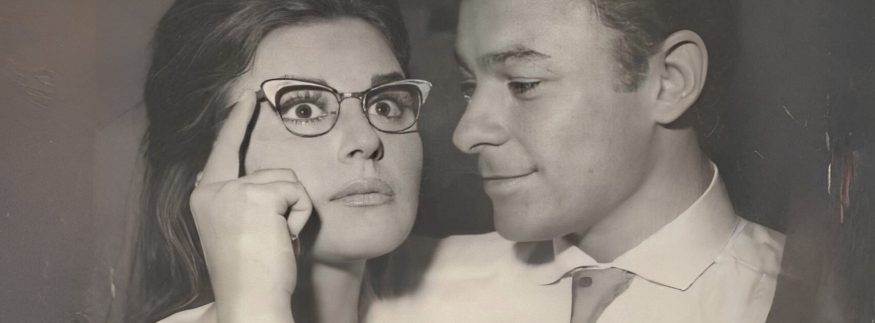
Sarah Francis
Egypt’s streets are steeped in stories—tales of creativity, culture, and the lives of icons who shaped the nation’s identity. The Lived Here project, launched by the National Organization for Urban Harmony, brings these hidden narratives to light by documenting the places where Egypt’s most influential creators, thinkers, and historical figures once lived. This initiative celebrates their contributions by placing metallic plaques on the buildings, each featuring the individual’s name, a brief summary of their work, and a QR code that provides further information through smart devices. Blending heritage with technology, the project transforms these locations into living museums that are accessible to all.
In the Lived Here series, Cairo 360 uncovers the stories behind the plaques, beginning with Zamalek, a neighbourhood steeped in elegance and creativity, where some of Egypt’s most iconic actors once resided, leaving an indelible mark on the golden era of cinema and performing arts.
Ahmed Ramzy (1930–2012)
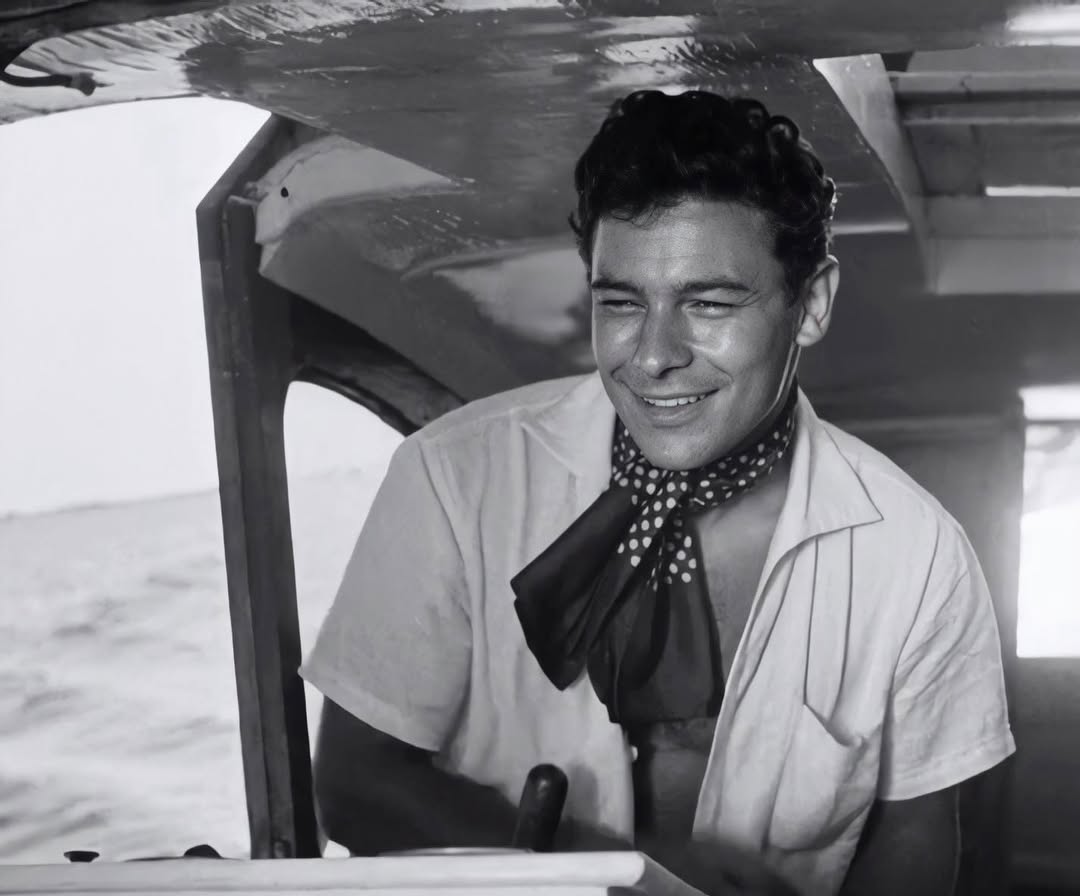
Born in Alexandria, he was one of the most iconic actors of Egyptian cinema’s golden age. His career began in 1955 with the film Ayamna El Helwa, and he quickly became known for his effortless charm and roles as the quintessential playboy. Over the 1950s, ’60s, and ’70s, Ramzy starred in numerous celebrated films such as Where’s My Life? (1956), Sleepless (1957), and Tharthara Fawq Al-Nil (1971), which were later included in the top 100 Egyptian films in a 1996 critics’ poll.
While he retired in the late 1970s, Ramzy made a notable comeback in the 1990s with films like Desert Cat and The Red Rose and the television series Face of the Moon. His residence at 36 Yehia Ibrahim Street in Zamalek, marked by the Lived Here project, stands as a testament to his legacy, connecting today’s audiences to a cinematic era defined by his magnetic charm and enduring contributions to Egyptian culture.
Abdel Halim Hafiz (1929–1977)
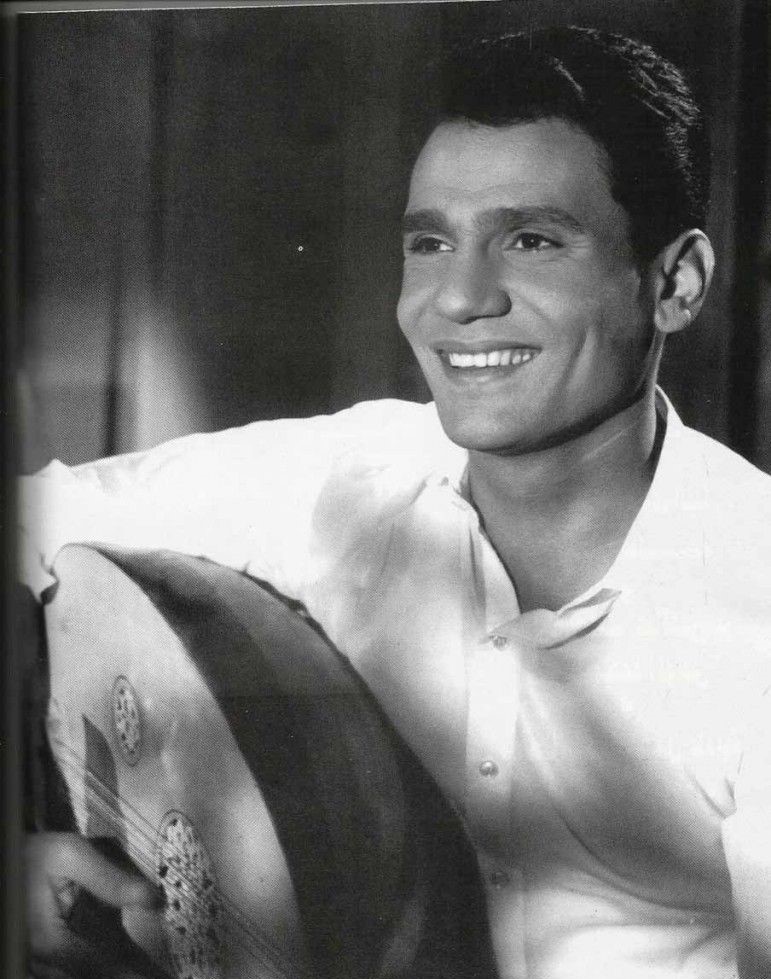
Born in Halawat Village, Sharqia Governorate, he was among the most iconic figures in Arabic music and Egyptian culture. Known as the Dark-Skinned Nightingale, he overcame immense personal hardships, including losing both parents before his first birthday and contracting schistosomiasis as a child, to rise as a legend. After starting his career as a music teacher and an oboe player in the Egyptian Radio Orchestra, he was discovered by broadcaster Hafiz Abdel Wahab, who lent him his surname. His debut song, Liqa, marked the beginning of an illustrious career that included over 230 songs, such as the romantic Ya Khaly Albi and patriotic Ahlef Besamaha.
He also starred in 16 films, including classics like Ayamna El Helwa (1955), The Empty Pillow (1957), and Abi Foq El Shagara (1969). Known for his emotional depth and unique voice, Abdel Halim became a cultural icon and was affectionately dubbed the Singer of the July Revolution. He passed away in London in 1977 at the age of 47, but his legacy continues to resonate. His residence at 5 Qaraqosh Street in Zamalek, marked by the Lived Here project, offers a connection to the life and art of this beloved Egyptian icon.
Mohamed Abdel Wahab (1902–1991)
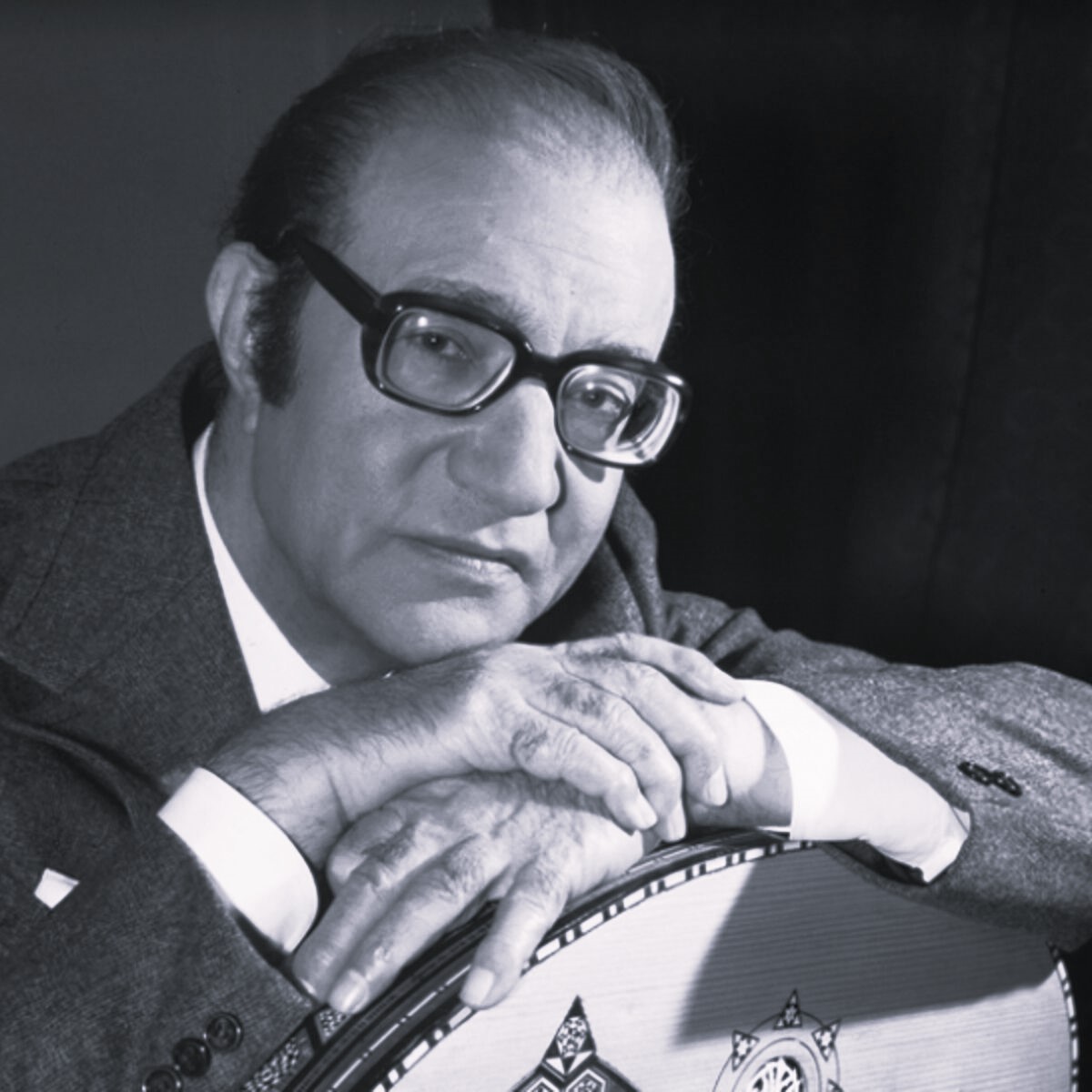
One of the most influential figures in Arabic music was known as the Musician of Generations and became synonymous with modernising the genre. Born on March 13, 1902, in Bab El Shaaria, he showed a prodigious talent for music from a young age. He began his career in Fawzi El-Gazayerli’s theatre troupe, performing during intermissions. He adopted the stage name Mohamed El-Baghdadi to keep his musical pursuits hidden from his disapproving family. His life changed when he was discovered by poet Ahmed Shawqi in 1914, who became his mentor and father figure.
Inspired by the legendary Sayed Darwish, Abdel Wahab became a pioneer in Arabic music, composing for legendary poets such as Shawqi, Nizar Qabbani, and Mahmoud Hassan Ismail. He also starred in films like The White Rose (1933) and Happy Day (1940), solidifying his cultural influence. Known for his collaboration with Om Kalthoum and for creating timeless national anthems and orchestral pieces, he shaped the soundscape of Egypt and the Arab world. His residence at 25 El-Fardous Street, off Mohamed Mazhar Street in Zamalek, is a tribute to a man whose music transcends generations.
Soad Hosny (1942–2001)
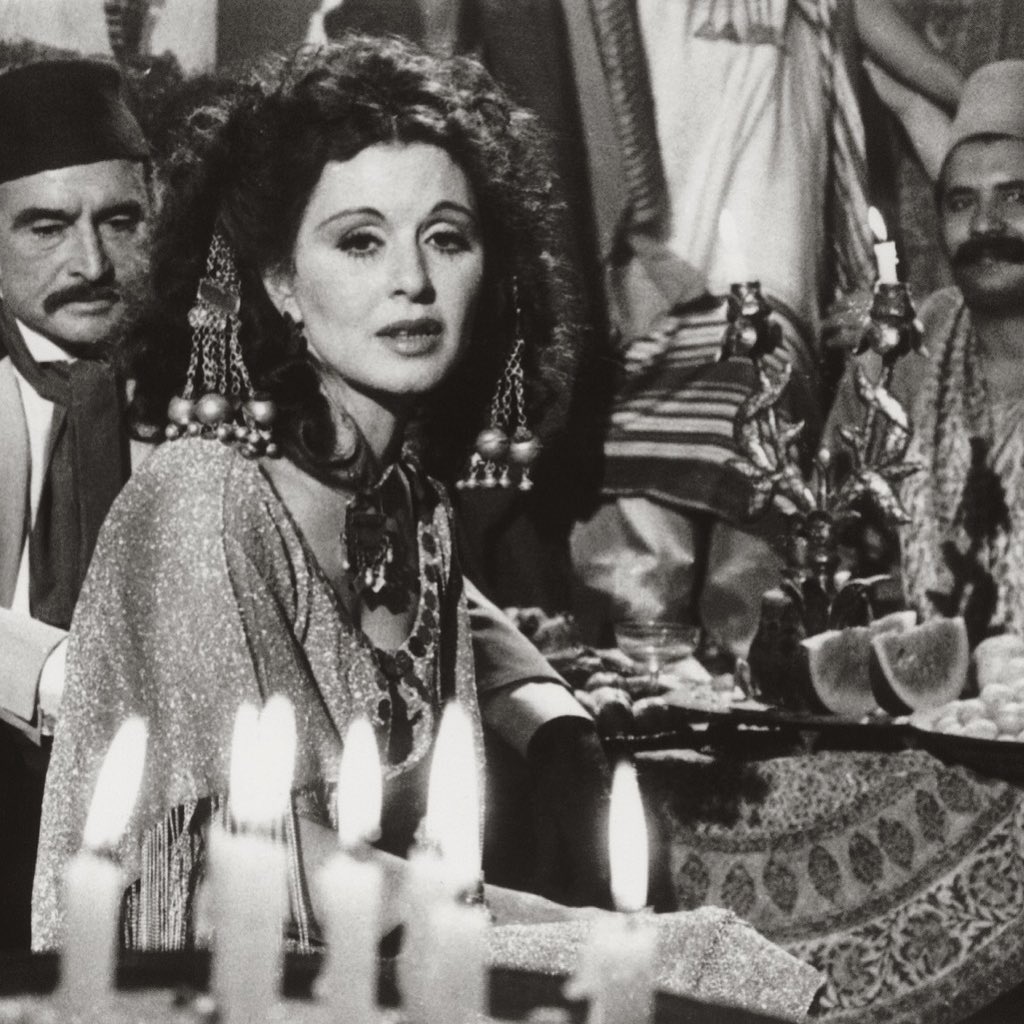
Born in Bulaq, Cairo, she was one of Egypt’s most beloved and influential actors, often called the Cinderella of Arabic Cinema. Despite not attending acting schools, she possessed a natural talent that was discovered by poet and filmmaker Abdel Rahman El-Khamissi, who cast her as Ophelia in a theatrical adaptation of Hamlet. Her cinematic debut came in the 1959 film Hassan and Naima, marking the beginning of a prolific career during which she starred in around 90 films, as well as radio and television productions.
Among her most iconic works are The Second Wife (1967), Al-Karnak (1975), and Cairo 30 (1966). She also starred in the TV series He and She (1985), and her final artistic contribution was a poetic radio performance of Salah Jaheen’s Rubaiyat, recorded for BBC Arabic in London. Soad passed away on June 21, 2001, in London, leaving behind a legacy of cinematic brilliance. Her residence at 17 Yehia Ibrahim Street in Zamalek, commemorated by the Lived Here project, stands as a tribute to her enduring impact on Egyptian cinema and culture.
Hend Rostom (1931–2011)
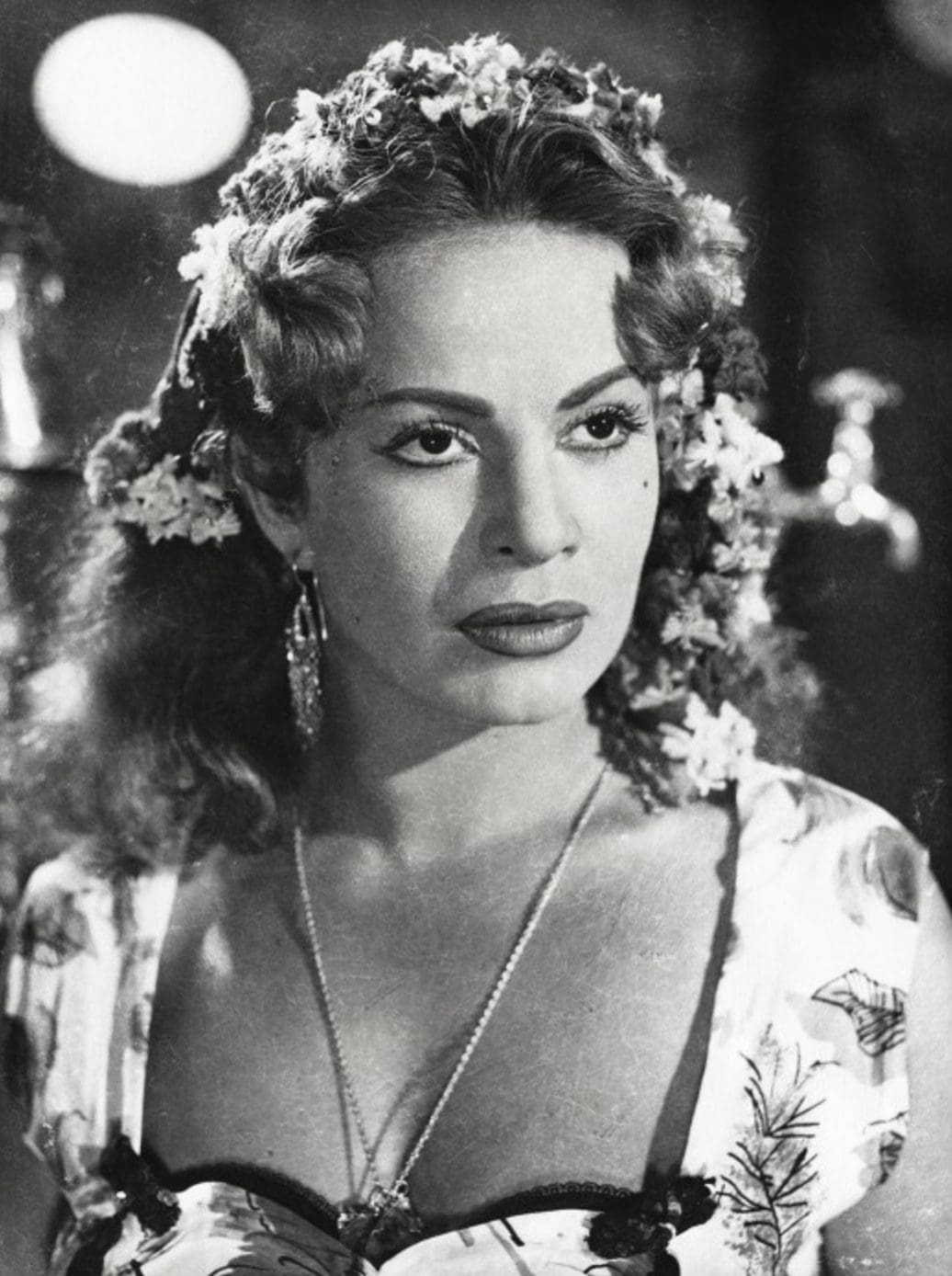
Born in the Moharam Bek district of Alexandria, she was a legendary actress often referred to as the Marilyn Monroe of the East. Coming from a Turkish-Egyptian family, her father served as a police officer, and she attended the Saint Vincent de Paul School before moving to Cairo in 1946. A chance encounter led her to the United Film Company office, where she began her career with a small appearance in Ghazal Al Banat (1949), starring Leila Mourad. Her breakthrough came when director Hassan Imam cast her in the leading role in Al-Gasad, establishing her as a major star.
Initially known for her sultry roles, Hend later expanded her repertoire, showing her versatility in films like Bab El-Hadid and Cairo Station. She also charmed audiences in comedic films like Eshaa’et Hob (1960). Throughout her career, she worked with iconic directors such as Youssef Chahine and Salah Abu Seif and appeared in classics. Her final film, Hayati Azab (1979), marked the end of her cinematic journey as she retired to focus on her family. Her residence at 10 Kamal El-Tawil Street in Zamalek, now commemorated by the Lived Here project, celebrates her legacy as a pioneering figure in Egyptian cinema and an enduring icon of style and grace.
recommended
 Cafés
Cafés
Bite Into the Croffle Craze: The Best 5 Spots to Try Croffles in Cairo
cafes cairo +2 City Life
City Life



